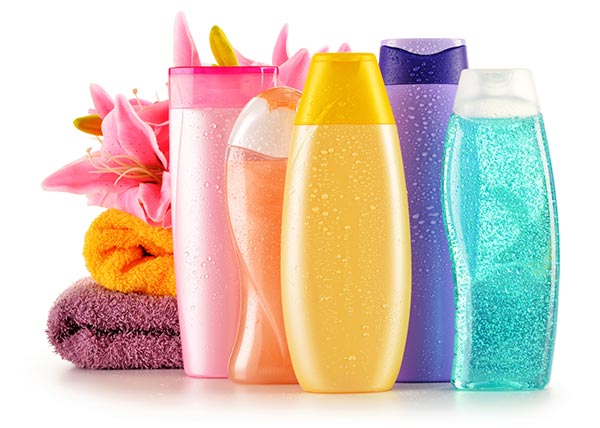
What’s in your shampoo?
While we are often encouraged to monitor the additives in our diet, this is not yet the case for hair care products. And yet, their health also depends on the products you use to wash and care for them.
The lists of ingredients, often very long despite the small size of the print, sometimes hide names that are less recommendable than others. Here are the ones you are most likely to meet.
Sulphates and silicones
Sulfates are cleaning agents. Their physical properties allow them to remove dirt. They are found in all foaming products, such as body and facial gels and of course shampoos. The best known are sodium laureth sulfate (SLS) and sodium lauryl sulfate (SDS).
Unfortunately, these sulfates have the disadvantage of aggressively scouring the scalp. This will then produce too much sebum, the natural oil that stimulates and protects the hair. They also dry out the tips and fade the colours.
Silicones, on the other hand, belong to the conditioners and are petroleum derivatives. Synthetic polymers, because they are composed of several cells, they form an envelope around the hair that protects it. But under the silicone layer, the hair is not repaired, it only becomes drier and more brittle, and moisturizers can no longer reach it.
Designed to attach to the hair, silicones are difficult to remove. Over time they will accumulate and make your hair heavier. The shampoos best suited to remove these residues are those containing the most aggressive sulfates, and will therefore also attack and unbalance the scalp.
Parabens and PEGs
Parabens are petrochemical preservatives. Even if they do not affect the hair, they are suspected of modifying the hormonal system and can thus cause all kinds of growth, development, behavioural or sleep disorders to name but a few. Little or not degradable, they accumulate in the body and in the environment.
For foaming (emulsifier), cleaning (solvent) or shining, PEG, or polyethylene glycol, is also sometimes used. It can be contaminated with carcinogenic materials, and above all it increases the permeability of the skin to other harmful ingredients.
All of these products can be manufactured in industrial quantities at very low cost. However, their manufacturing process is often polluting, and after washing or rinsing, they will end up in rivers, groundwater and soil. And the industry is constantly developing new additives to replace them, the effects of which are not yet known.
Alternatives
But there are natural alternatives that treat the scalp and hair gently and deeply. And their manufacturing process is neither hazardous nor polluting. So are all these ingredients really necessary? What is clear is that there are alternatives!